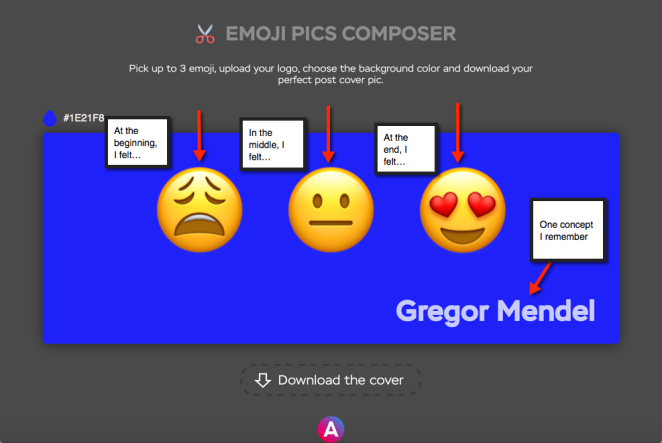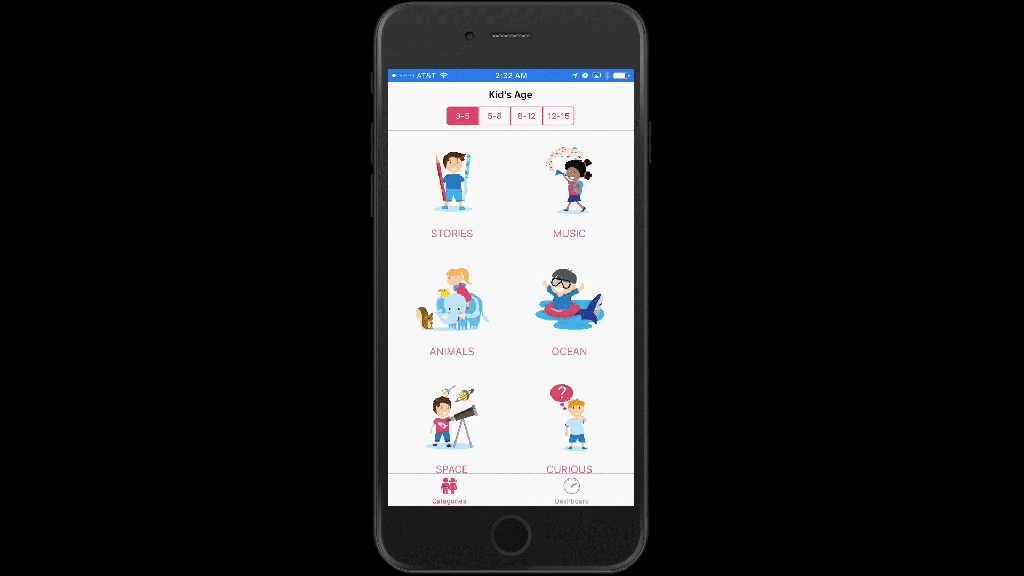It’s always important to remember that our students listening skills are in need of constant development. I’m a huge fan of Listenwise and Flocabulary, but I recently came across the app, Leela Kids. The app is full of podcasts organized by age group. These podcasts are organized by age group and by category.
The Mask and the Task: How Martin Landau helped me in my classroom
From Youtube:CosmicHobo
Elena Maria Del Barra: Señor, uh, Miller, how long have you been selling laboratory equipment?
Rollin Hand: Oh, long enough to know that I can sell you.
This year my classroom will be run like an RPG. A lot of it has to do with millions of hours of video game play, but a fair amount goes to Rollin Hand. The classic television series, “Mission:Impossible” has influenced the way I have conducted my classes for a while. As I embraced design thinking more and more, “Mission: Impossible” provided a blueprint for planning versus a plan and solution seeking behaviors. It was Landau’s character (Seasons 1-3) that is in many ways my patron saint.
https://giphy.com/embed/j03Jxg4BkZZGE
Rollin Hand is such a great character because his function in the Impossible Mission Force is generally to be someone else. Whether through use of make up and prosthetics or by assuming another identity, Hand slips effortlessly between personas, convincing even most hardened counter espionage agents that he was the “Real McCoy.”
But what does this have to do with education?
1. A “Confidence” Scheme
To solve problems, one must have the confidence necessary that one can find a solution. To achieve my goal, I have to believe it. In show after show, Rollin walks into certain doom with air of confidence that he’s not playing a character, HE IS THE CHARACTER.
Many times it’s necessary to think like someone else in order to ascertain possible answers to questions. Students (and teachers) should be comfortable enough to know that thinking like “myself” might not solve the problem, but if I were to think like Maryam Mirzakhani, Neil deGrasse Tyson, or Ken Burns, I might be more successful. Having the “masks” available can result in divergent thought.
Therefore, it is incumbent upon educators to offer a myriad of stratagems, archetypes, and “characters” to choose from when working in class. There is no one way to reason through a solution. Concepts like challenge based learning, project based learning, and design thinking are “open worlds” where students can be free to try on different masks in order to be successful.
This also frees us from the “I’m not good at blank ” excuse. That’s great that you’re not good at math. Let’s put on our Mirzakhani mask and try this thing, again.
2. The Mask Should Match the Task
This also forces students (and teachers) to consider the “mask for the task.” Which character do I need to become in order to be successful in this particular enterprise? Why would I choose to think like this particular person as opposed to another? Could I take different aspects of different people in order to find solutions?
The metacognition is oft mentioned, but undervalued. Having conversations and structures in place that organize thought processes in classrooms is imperative if students are to see themselves as successful.
3. Following the Leader
Everything’s a remix. Season 4 of Mission:Impossible opens with Landau and Barbara Bain absent. Landau is replaced by Leonard Nimoy’s Paris, a character with a similar bent for disguise. He performs the same function.
When we see people employ a strategy that works, we all want to try it. Having students observe how others work, converse with one another, and employ new strategies allows all stakeholders in your classrooms to access the strategies that lead to triumph. Observing how a peer uses the “right mask” for the job, makes it less of a competitive unapproachable task, and more of one that able to be grasped.
Take ‘Em to Church with Preach

If 👏 you 👏 like 👏 emojis, 👏 you’re 👏 going 👏 to 👏 looooooooove 👏 PREACH! It 👏 places 👏 emojis 👏 after 👏 every 👏 word 👏 you 👏 type! 👏 It’s 👏 available 👏 as 👏 a 👏 chrome 👏 extension. 👏
Just 👏 highlight 👏 the 👏 text 👏 you’d 👏 like 👏 to 👏 preach 👏 and 👏 choose 👏 “Preach!” 👏 Your 👏 “sermon” 👏 is 👏 copied 👏 and 👏 just 👏 needs 👏 to 👏 be 👏 pasted 👏 where 👏 you’d 👏 like 👏 it 👏 to 👏 be. 👏
Have fun!
Systems > Goals
http://jamesclear.com/goals-systems
1. Goals reduce your current happiness.
When you’re working toward a goal, you are essentially saying, “I’m not good enough yet, but I will be when I reach my goal.”
The problem with this mindset is that you’re teaching yourself to always put happiness and success off until the next milestone is achieved. “Once I reach my goal, then I’ll be happy. Once I achieve my goal, then I’ll be successful.”
SOLUTION: Commit to a process, not a goal.
Emoji Madness

Emoji Pics Composer
Emojis are ubiquitous. Even Duolingo has a emoji course. They are a modern take on hieroglyphics that give learners the ability to communicate their feelings and understandings VISUALLY.
Here are three ways to utilize EMOJIS in your classroom:
- Telling stories- Including stories during writing is magical especially if students blog regularly. Emojis can be accessed through the keyboards on mobile devices and with hotkeys on computers. Using apps like TextingStory, will allow students to write including emojis in a very fluid way.
- Health Checks- Emojis are great to display quickly how one is feeling. Using them to determine how students feel at different points of a lesson or a day can be both impactful and fun. Apps like Assembly, Emoji Me , and Emojify=You + Emoji , allow students to customize their emojis to insane levels.

- Exit Tickets- As aforementioned, emojis are visual. They are so concise. Leveraging these allows one the ability to create exit tickets that can be created quickly, delivered quickly, and assessed quickly. Emojis are versatile enough to be used in any program or app that allows access to the keyboard. In addition, tools like Emoji Pics Composer, gives one the ability to create a visual timeline of learning that can be turned in at the end of the lesson.
Interland: Internet Safety

Being Unproductive
Totally forgot about #nvedchat tonight. My bad. I was letting off some steam.


